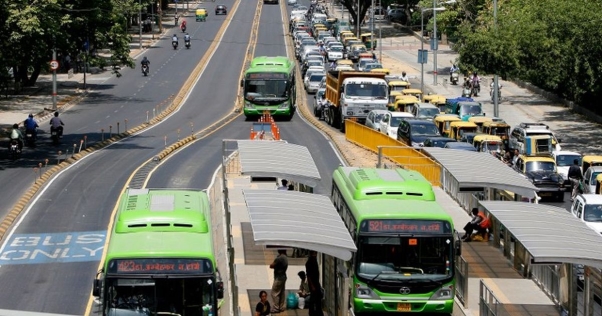UNIT 5
ADVANCEMENTS IN CIVIL ENGINEERING
A smart city is an urban area that uses different types of electronic Internet of things (IoT) sensors to collect data. Insights gained from that data are used to manage assets, resources and services efficiently; in return, that data is used improve the operations across the city. This includes data collected from citizens, devices, buildings and assets that is then processed and analysed to monitor and manage traffic and transportation systems, power plants, utilities, water supply networks, waste, crime detection, information systems, schools, libraries, hospitals, and other community services.
Smart City Means:
Adequate water supply,
Assured electricity supply,
Sanitation, including solid waste management,
Efficient urban mobility and public transport,
Affordable housing, especially for the poor,
Robust IT connectivity and digitalization,
Good governance, especially e-Governance and citizen participation,
Sustainable environment,
Safety and security of citizens, particularly women, children and the elderly, and
Health and education.
Urban India is facing an ever-increasing challenge of providing for the incremental infrastructural needs of a growing urban population. According to the 2011 census, the population of India was 1.21 billion; of this 31% live in cities. It is further projected that by 2050 half of India’s population will live in cities.
With this increasing population, management of Municipal Solid Waste (MSW) in the country has emerged as a severe problem not only because of the environmental and aesthetic concerns but also because of the sheer quantities generated every day.
Waste Minimization Strategies requiring National or State level interventions or support Extended Producer Responsibility (EPR): EPR can be established for wastes like electronics, batteries, packaging and consumer durables by State and National governments. States can take initiatives in this matter; regulations are usually legislated at State and National levels.
Promotion of voluntary action: Encouraging business groups to reduce volumes of packaging, while maintaining the requisite strength. Example: Godrej has a ‘No Packaging Policy’ for refrigerators. The company ensures that the packaging, in which the appliance is delivered, is taken back by the supplier and reused.
Frame rules and bye laws banning use and/or sale of certainly…
Recycling is a process by which materials that are otherwise destined for disposal are collected, processed and re-manufactured. Recycling diverts a significant fraction of municipal, institutional and business waste from disposal and, thereby, saves scarce natural resources as well as reduces environmental impacts and the burden on public authorities to manage waste. Recycling can generate revenues, which result in reducing can reduce the overall costs for MSWM. Benefits of recycling include:
For the ULB:
Reduces the volume of waste to be managed Cost Savings, if noticeable revenues can be generated. Revenues can be generated from sale of recyclables
Longer life span of landfills, since recyclables are diverted away from landfills
Reduced needs for environmental management efforts by the ULB
For the economy:
Reduction of use of raw materials, fertilizers etc.
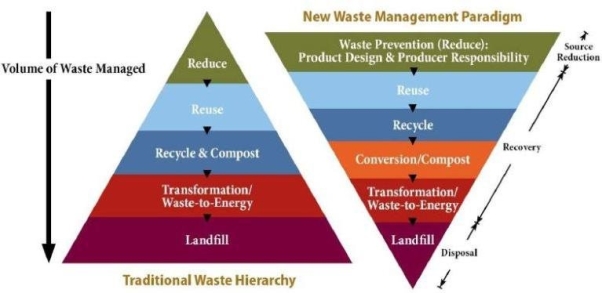
Water has been harvested in India since antiquity, with our ancestors perfecting the art of water management. Many water harvesting structures and water conveyance systems specific to the eco-regions and culture has been developed.
- They harvested the rain drop directly. From rooftops, they collected water and stored it in tanks built in their courtyards. From open community lands, they collected the rain and stored it in artificial wells.
- They harvested monsoon runoff by capturing water from swollen streams during the monsoon season and stored it various forms of water bodies.
- They harvested water from flooded rivers
It means capturing rain where it falls or capturing the run off in your own village or town. And taking measures to keep that water clean by not allowing polluting activities to take place in the catchment.
Therefore, water harvesting can be undertaken through a variety of ways
- Capturing runoff from rooftops
- Capturing runoff from local catchments
- Capturing seasonal floodwaters from local streams
- Conserving water through watershed management
These techniques can serve the following the following purposes:
- Provide drinking water
- Provide irrigation water
- Increase groundwater recharge
- Reduce stormwater discharges, urban floods and overloading of sewage treatment plants
- Reduce seawater ingress in coastal areas.
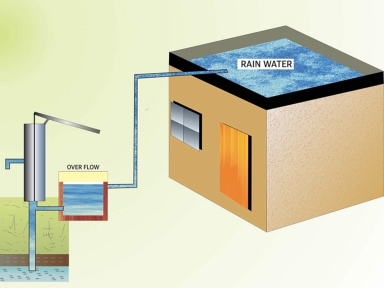
A waterfront of any city is a major avenue for recreation opportunities and open green spaces within city development from an urban perspective. The urban waterfronts in the form of riverfront development, canals / lake front development or even seafront development have been long neglected. These urban forms have undergone a dramatic metamorphosis and cities are turning to the development of their rivers and lakes. To improve the quality of the city’s urban life and enhance cultural growth; Lakefronts, beaches and riverside promenades are being developed with a view that such planned spaces would attract investment, tourism, employment and add to the economic growth of the city.
Re-defining urban aesthetics in the development:
Exhibit the River’s History
- History has always played a role in the development of any place
- It helps in giving a unique identity to the place
- The development can be utilized to educate people about the place.
Create an active space along the Riverfront
- Fitness and Recreation
- Tap into tourism potential to improve the economic wealth of the city.
Public Accessibility
- Obstacles to be curtailed and connect to the river
- Accessible waterfronts
- Provide cycle trails and walkways
- Secured multiple entrance plazas to have an effective riverfront with dynamic uses.
Community Participation
- Ensure participation in early stages of planning the development
Preservation of activities
- Preserve existing activities like boating, fishing, temples, markets, etc. along the river
- New Development should not intrude the prevailing activities.
Stabilization of Bank
- Selection of high quality architectural and sustainable materials, strategic heights, native plants for landscaping and buildings within the development framework.
- Use of sustainable engineering practices to enhance the flora and fauna
- The approachability factors to the river along with bank stabilization methods.
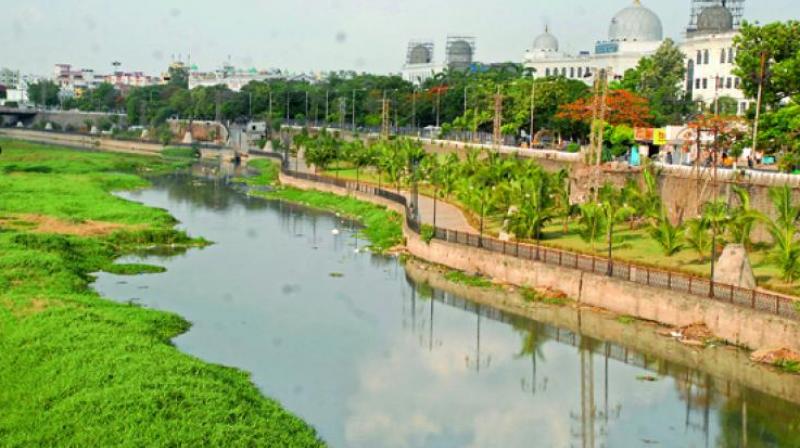
Sabarmati River front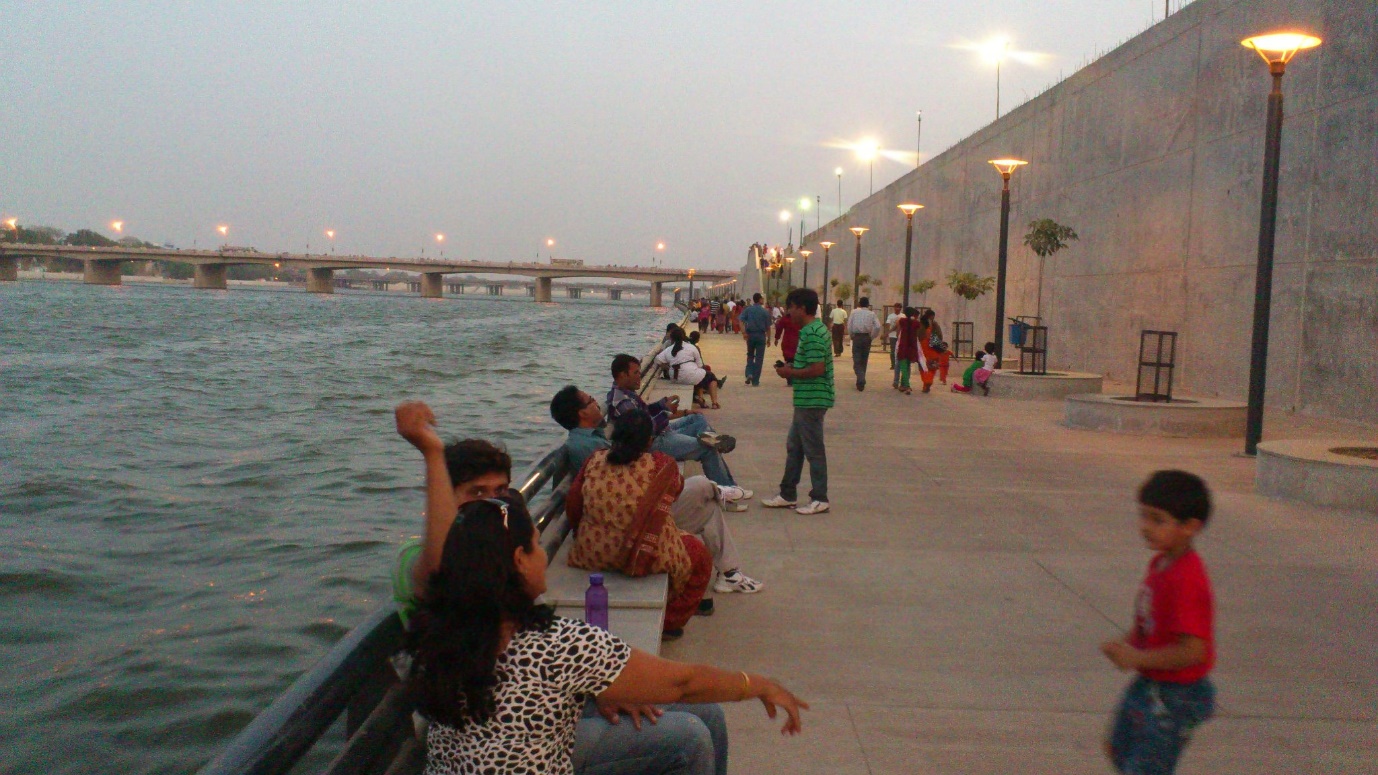
Watershed is simply the geographic area through which water flows across the land and drains into a common body of water, whether a stream, river, lake, or ocean. The watershed boundary will more or less follow the highest ridgeline around the stream channels and meet at the bottom or lowest point of the land where water flows out of the watershed, the mouth of the waterway.
Management of the environment has been primarily focussed on specific issues such as air, land, and water. Most efforts have resulted in decreasing pollutant emissions to air and water, improved landfills, remediation of waste sites and contaminated groundwater, protection of rare and endangered species, design of best management practices to control water and contaminant runoff, and much more.
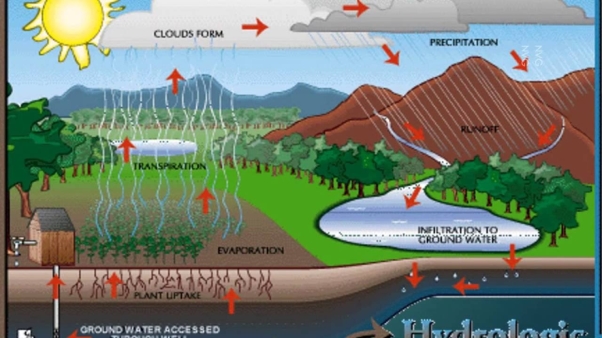
A ‘green’ building is a building that, in its design, construction or operation, reduces or eliminates negative impacts, and can create positive impacts, on our climate and natural environment. Green buildings preserve precious natural resources and improve our quality of life.
Any building can be a green building, whether it’s a home, an office, a school, a hospital, a community centre, or any other type of structure, provided it includes features listed above.

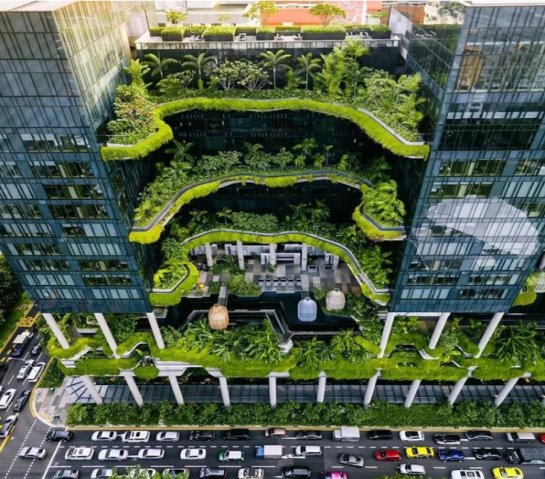
Hierarcy of Energy Efficient Buildings
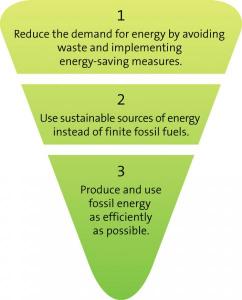
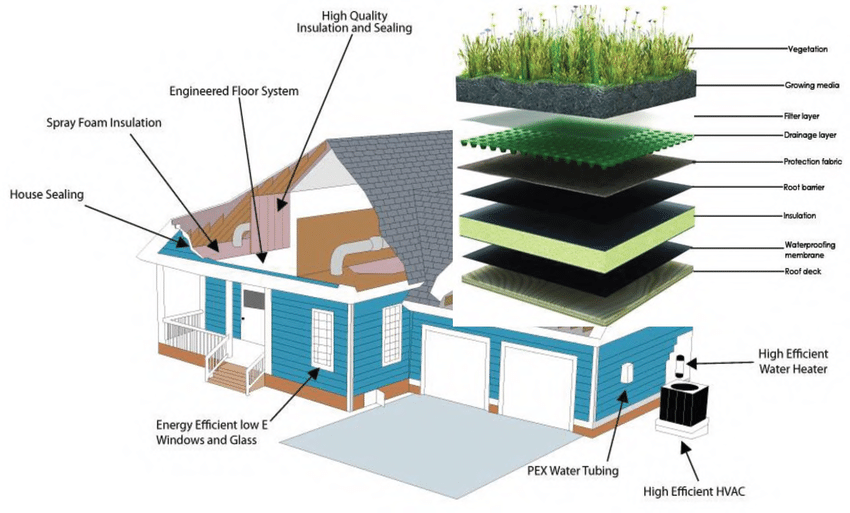
ENERGY EFFICIENT BUILDING THROUGH DIAGRAM
FEATURES OF ENERGY EFFICIENT BUILDING

- Metro
- BRTS
BRTS:
Bus Rapid Transit System (BRTS) is a mass rapid transit system that has been adopted in many developing countries with tremendous success. While delivering the speed and reliability of rail systems, it offers the convenience and flexibility of bus systems as well. In spite of it being adopted in India in many cities, none have the operational efficiency that an ideal BRTS should have.
